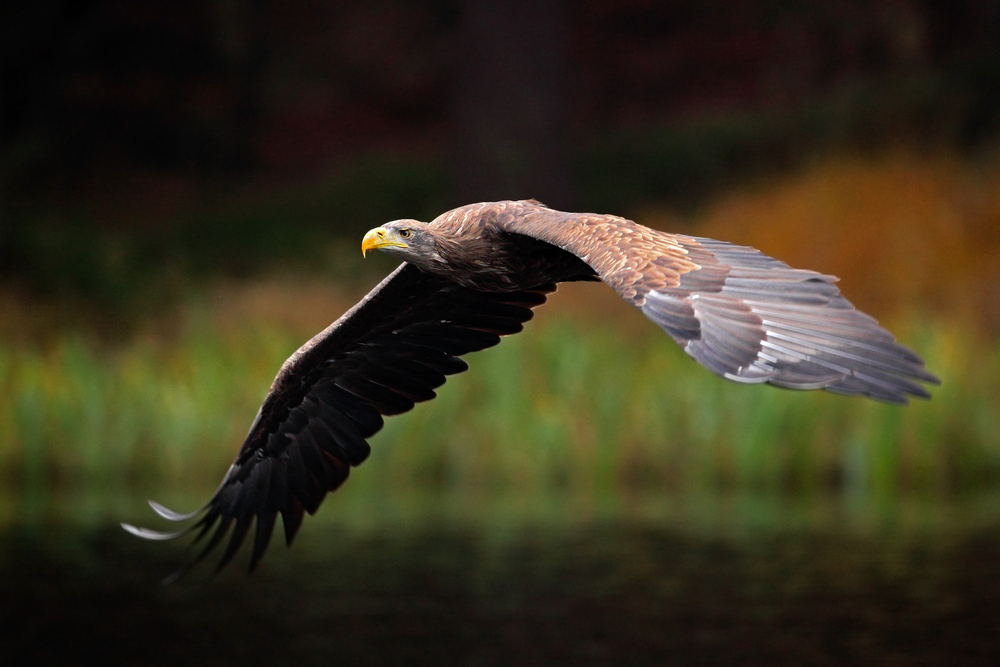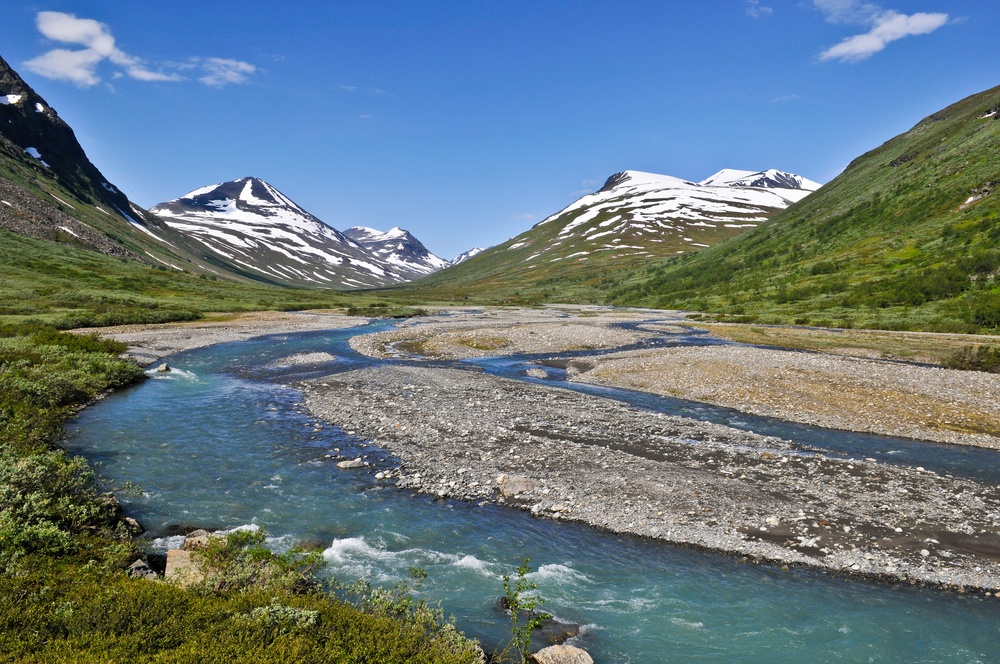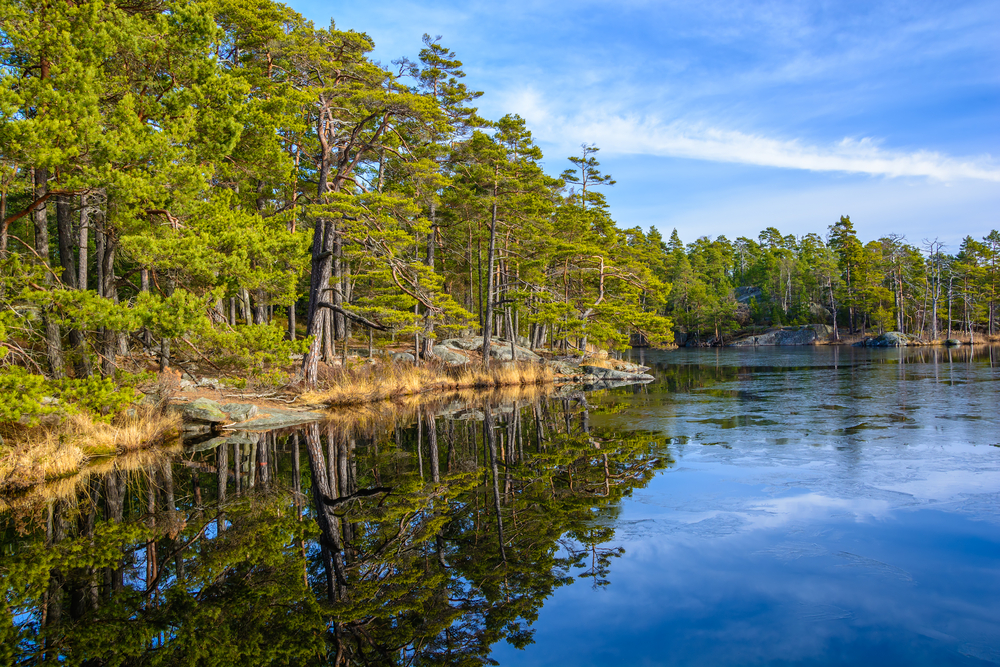Ängsö Overview
Ängsö National Park, located in Sweden, is one of the country’s smallest and oldest national parks, covering approximately 1.75 square miles (4.5 square kilometers). Situated in the Stockholm Archipelago, it lies within the province of Uppland and is part of Sweden’s protected natural heritage.
Established in 1909, Ängsö was one of the first nine national parks in Europe and remains an important site for preserving Sweden’s traditional agricultural landscapes. The name “Ängsö” translates to “Meadow Island” in Swedish, reflecting its defining characteristics of rich meadows and open landscapes that have been shaped by centuries of human activity.
The terrain of Ängsö National Park consists of rolling meadows, mixed forests, and a rocky coastline that embraces the waters of the Baltic Sea. Unlike Sweden’s vast boreal forests and mountainous regions found in other parks, Ängsö’s landscape is shaped by traditional farming methods, which have kept its meadows open and thriving.
Seasonal flowers, such as cowslips, wood anemones, and orchids, flourish in the park’s grasslands, providing a colorful display, especially in spring and early summer. Deciduous trees such as oak, ash, and linden are prominent, with some ancient specimens scattered throughout the park. The coastline features small bays, rocky shores, and reed beds that create a dynamic interface between land and sea.
Wildlife in Ängsö National Park includes a variety of birds and small mammals that are characteristic of Sweden’s coastal and meadow ecosystems. Birdwatchers can observe species such as white-tailed eagles, ospreys, and common eiders, along with various songbirds that nest in the dense forests and hedgerows.
Waterfowl such as greylag geese and mute swans are often seen along the shoreline. Mammals in the park include red foxes, roe deer, and European badgers, which roam the meadows and woodlands in search of food. The surrounding waters of the Stockholm Archipelago are home to seals and a variety of fish species, adding to the park’s ecological richness.
One of Ängsö’s most popular features is its well-preserved cultural landscape, which offers a glimpse into Sweden’s agrarian past. Visitors can explore the historic farmsteads and hay meadows that have been maintained through traditional methods of grazing and mowing. T
hese activities not only preserve the biodiversity of the area but also maintain the scenic beauty that has remained largely unchanged for centuries. A network of walking trails allows visitors to wander through meadows, forests, and along the coastline, offering spectacular views of the surrounding archipelago. In the spring, the blooming wildflowers make the park particularly inviting for nature enthusiasts and photographers.
Visitors can experience Ängsö National Park by hiking its marked trails, enjoying guided nature walks, or simply relaxing in its peaceful setting. The park is accessible by boat, with regular services running from Stockholm and nearby islands, making it a popular destination for day trips.
Canoeing and kayaking in the surrounding waters provide another way to explore the region’s natural beauty. Birdwatching is a favorite activity, particularly during migration seasons when a variety of species pass through the archipelago. Educational programs and interpretive signs throughout the park provide insight into its unique ecology and cultural history.
Conservation efforts in Ängsö National Park focus on preserving its traditional agricultural landscape and maintaining biodiversity. The Swedish Environmental Protection Agency, along with local conservation groups, manages the park by employing sustainable practices such as controlled grazing and hay-cutting to prevent the meadows from becoming overgrown.
These methods help protect rare plant species and maintain the open landscapes that define Ängsö. While the park has been successful in preserving its historic environment, challenges remain in balancing visitor impact with conservation goals. Managing invasive species and ensuring the continued health of coastal ecosystems are ongoing concerns. Despite these challenges, Ängsö stands as a remarkable example of how conservation and cultural heritage can coexist in harmony.













































































